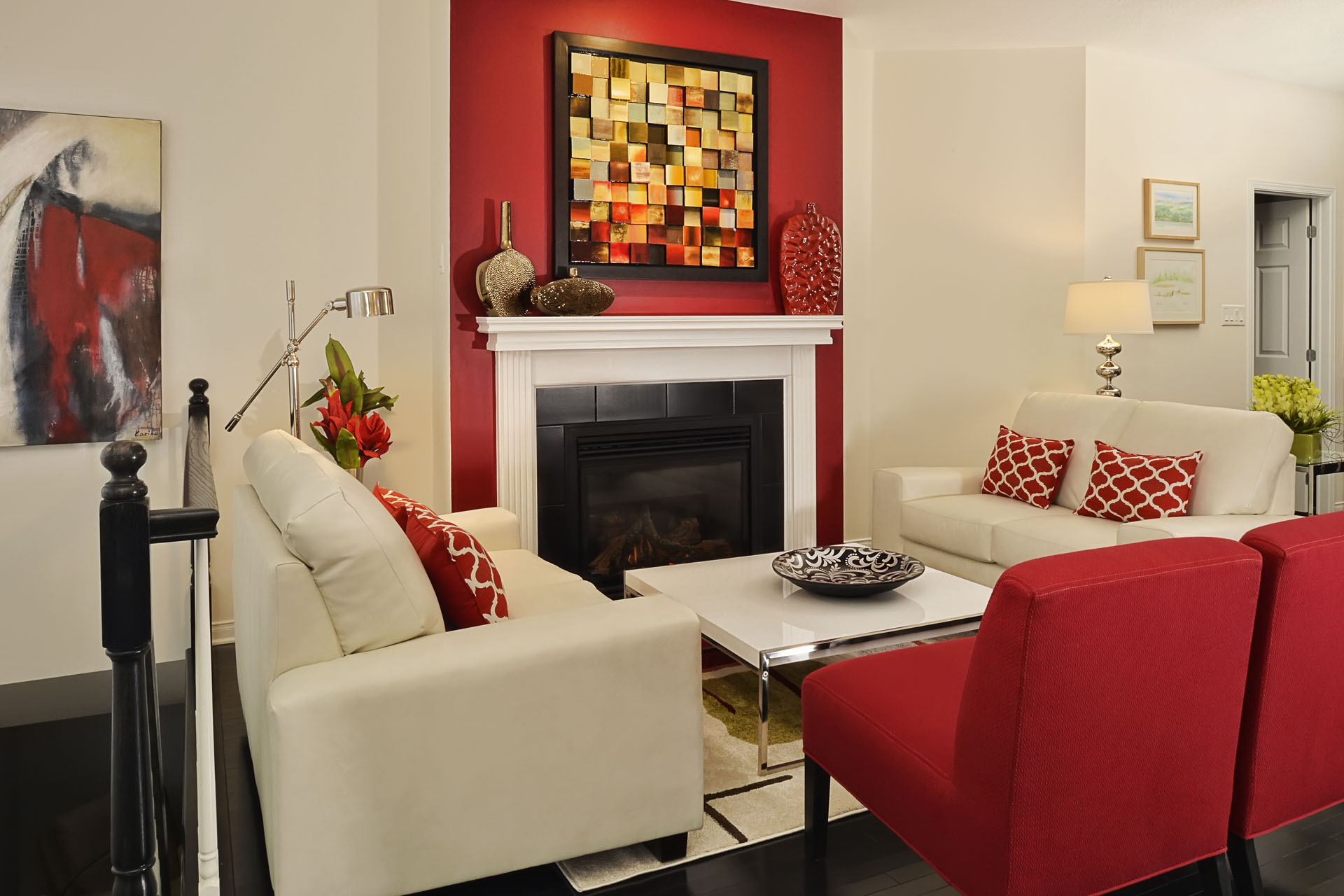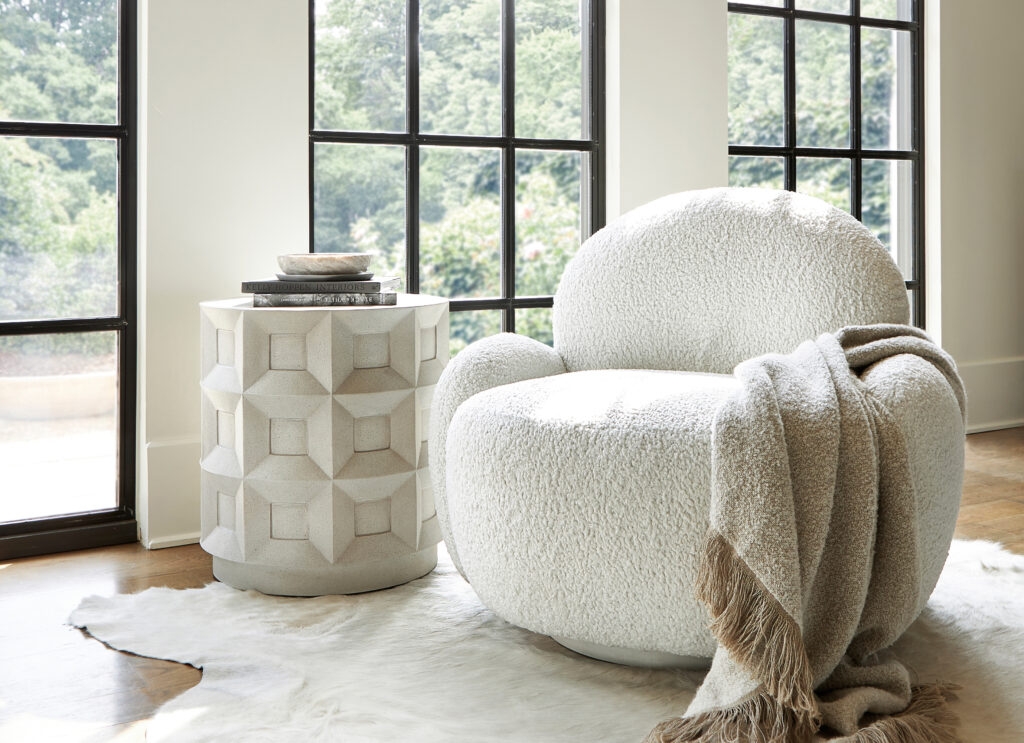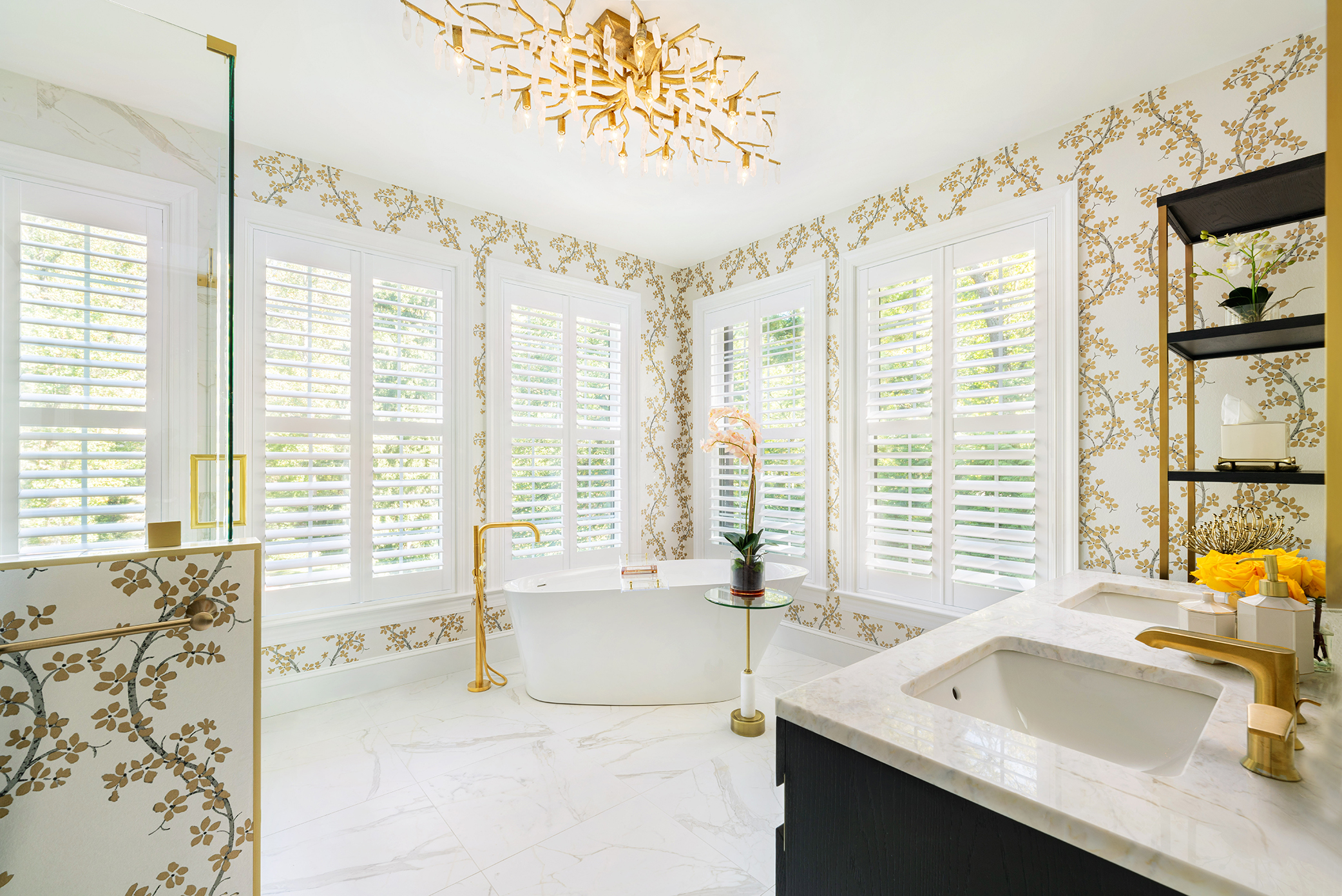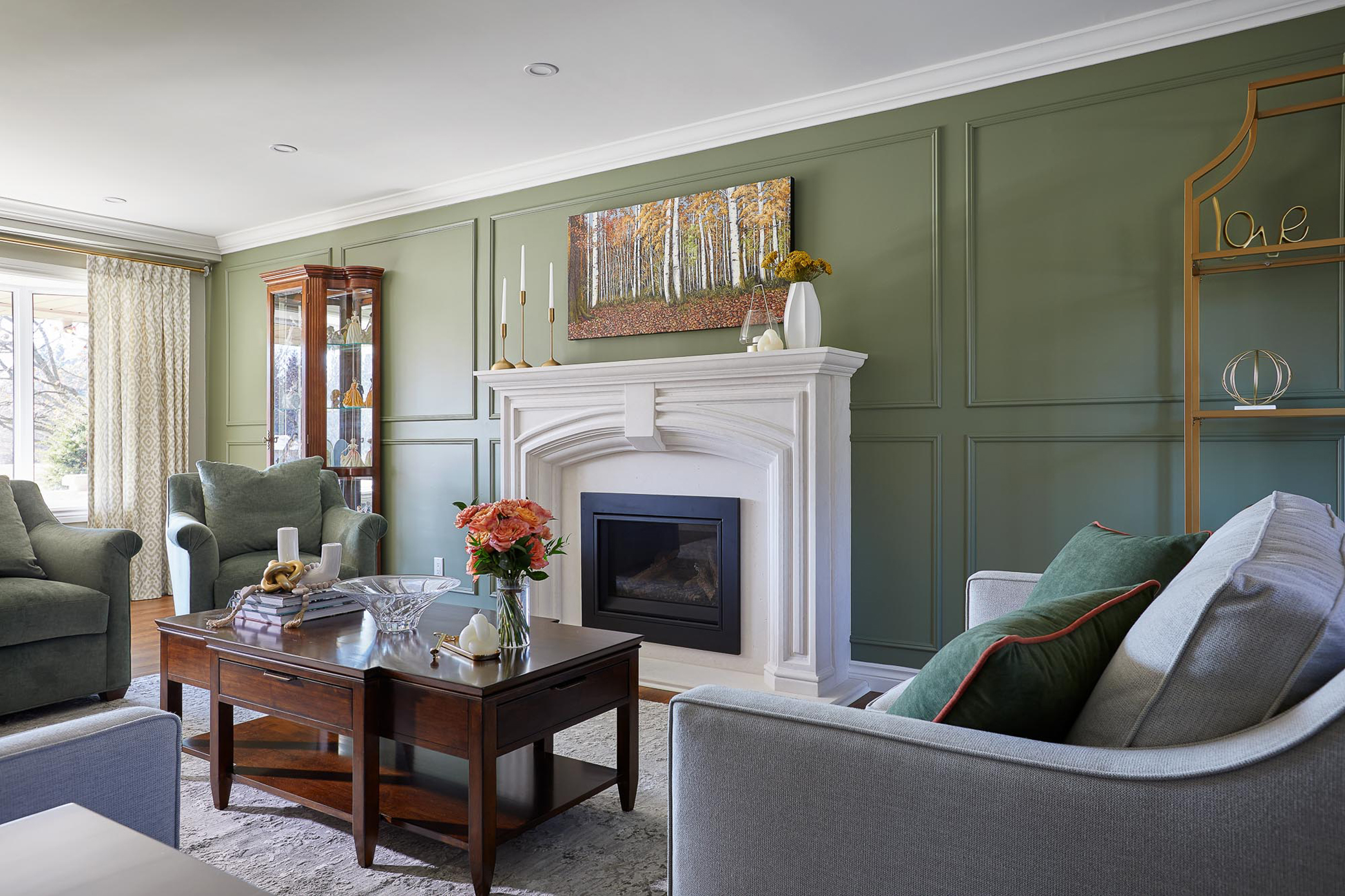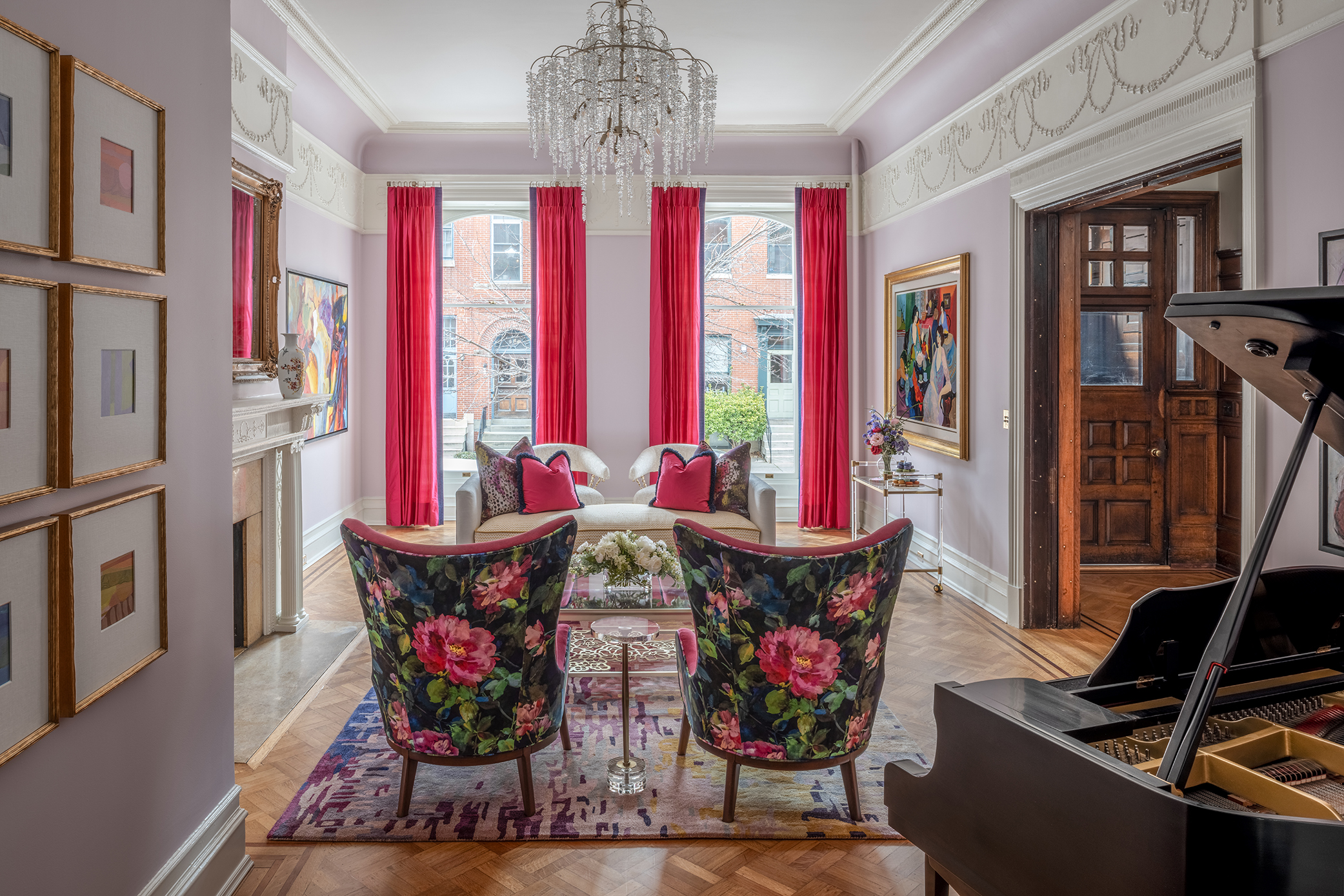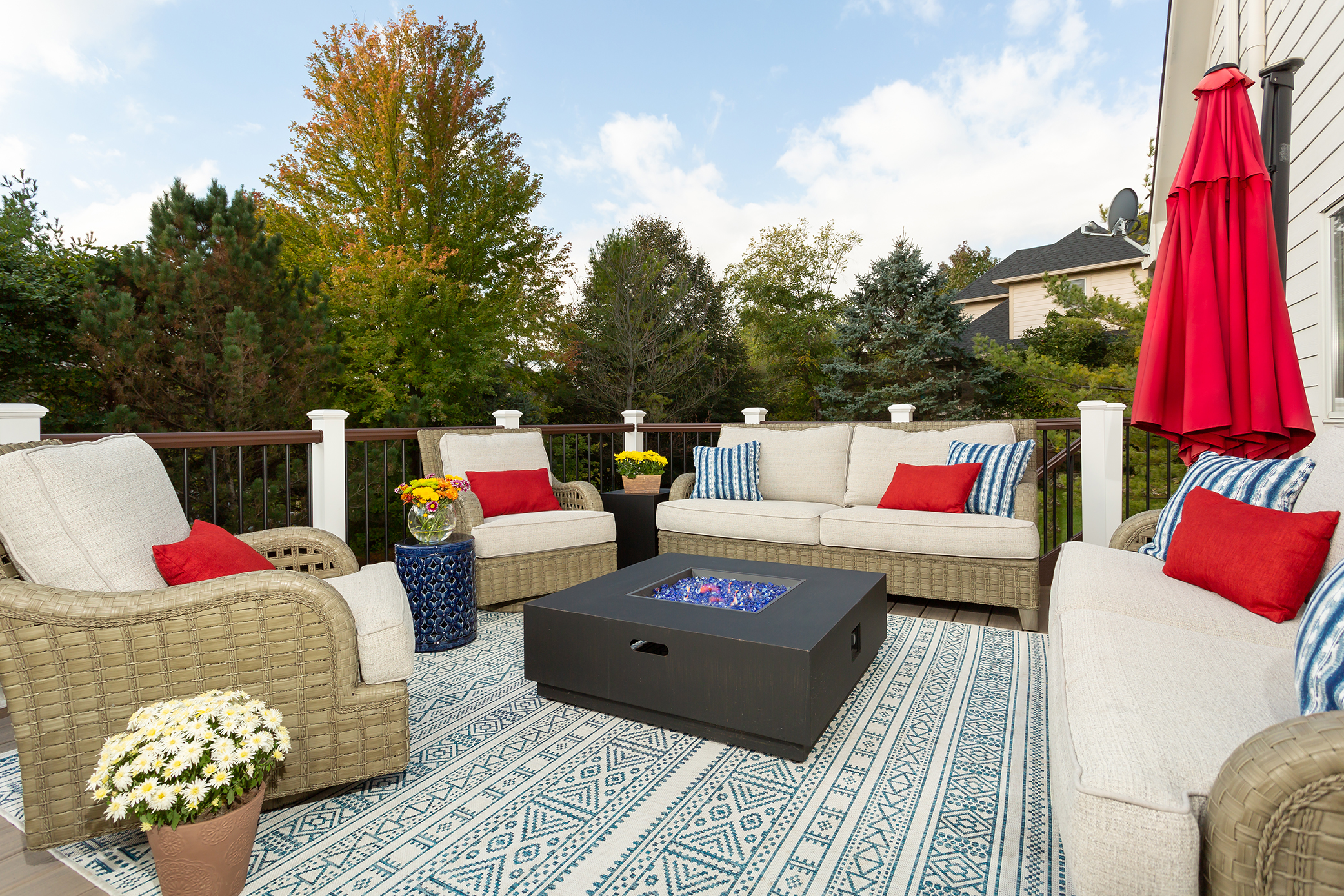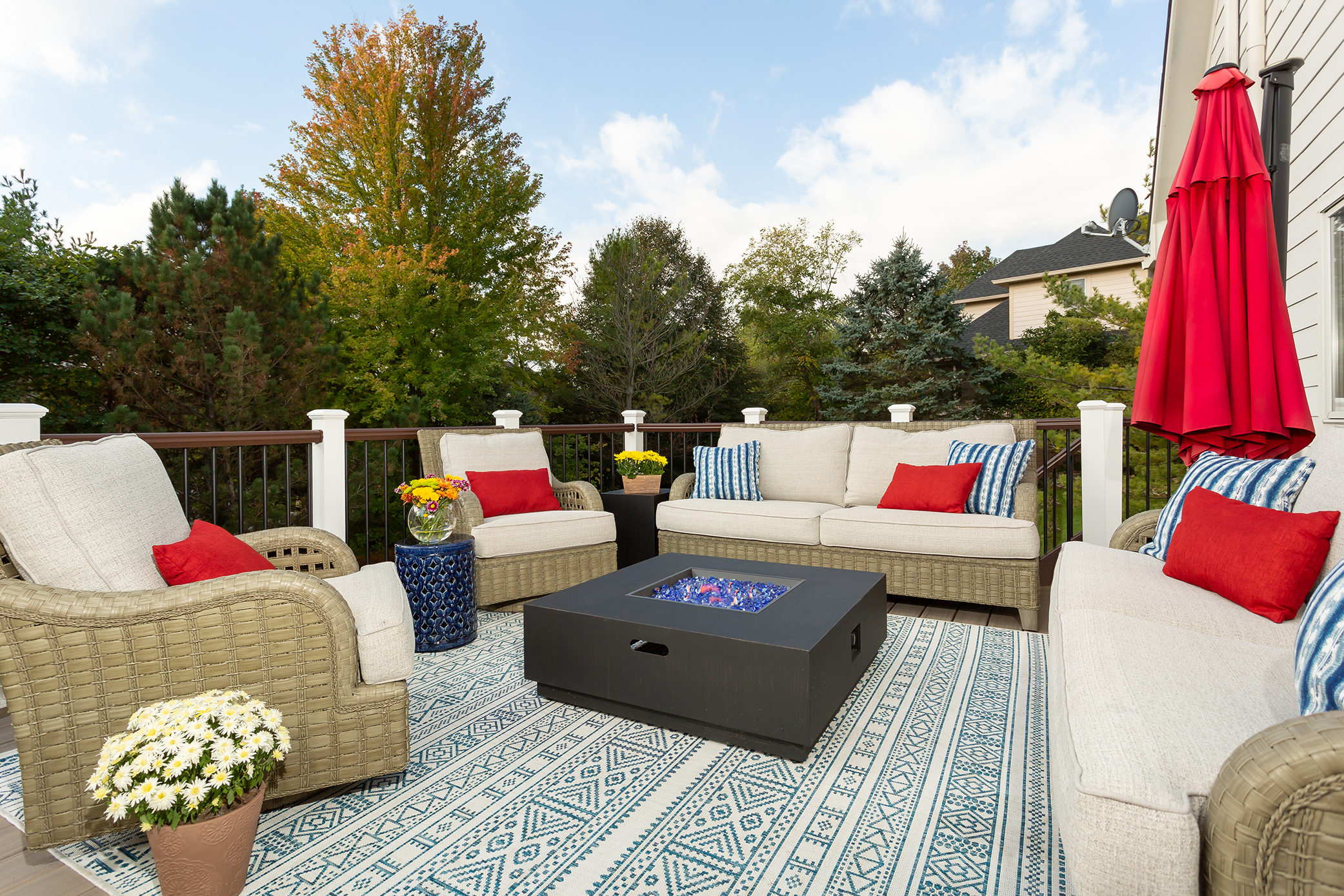It’s Women’s History Month so why not make a little history of your own. One way to do that would be to finally begin that room makeover that you’ve been mulling over for some time.
To help inspire you, check out the timeless design of three women giants in the history of interior decorating: Elsie de Wolfe, Dorothy Draper and Sister Parish.
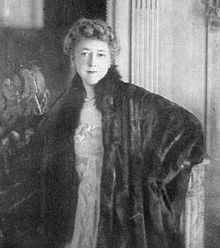
Elsie de Wolfe (1859-1950), an actress, became interested in interior design as a result of staging plays. In 1903, she left the theater to launch a career as a decorator. Her social connections from the theater enabled her to become an influential figure in the emerging field. Preferring a brighter scheme of decorating than was fashionable in Victorian times, she helped convert interiors featuring dark, heavy draperies and overly ornate furnishings into light, soft, more feminine rooms. She made a feature of mirrors, which both illuminated and expanded living spaces, brought back into fashion furniture painted in white or pale colors. We think Elsie would approve of the transformation below.
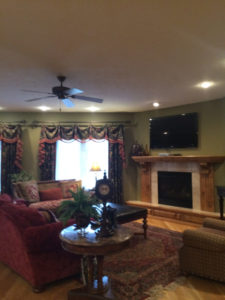
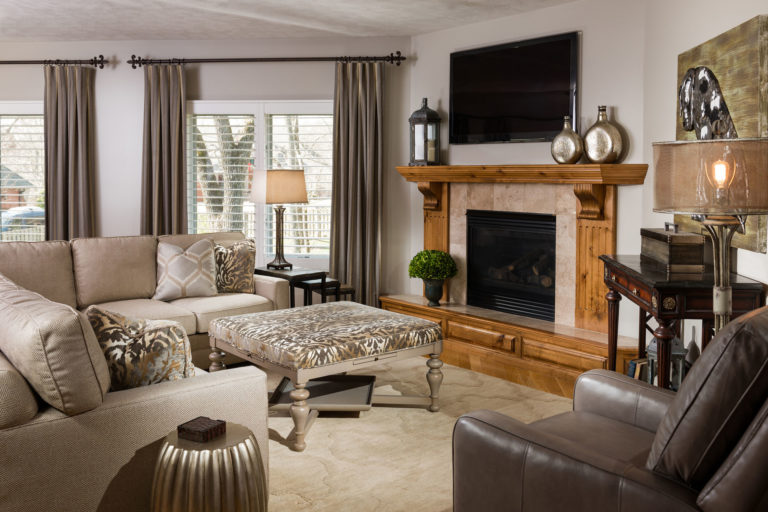
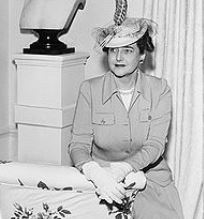
Dorothy Draper (1889-1969) was the first to “professionalize” the interior design industry by establishing, in 1923, the first interior design company in the United States, Dorothy Draper & Company. At the time, it was considered daring for a woman to go into business for herself. she revolutionized the concept of “design” by breaking away from the historical “period room” styles that dominated the times. She used vibrant, “splashy” colors in never-before-seen combinations. Do you think she’d like the way the colorful artwork already owned by the clients inspired the use of color In the room below?


Sister Parish (1910-1994) was the first interior decorator brought into the Kennedy White House. Her influence can still be seen in the Yellow Oval room on the second floor in the White House, the official residence of the President. Parish’s name led to some confusion, with one newspaper proclaiming: “Kennedys Pick Nun to Decorate White House.” Sister was a nickname given her by her three-year-old brother. Signature elements of the Parish look included painted floors, Anglo-Franco furniture, painted furniture, chintz, needlepoint pillows, mattress ticking, hooked rugs, rag rugs, starched organdy, botanical prints, painted lampshades, white wicker, quilts, and baskets. We wonder if she’d like the transformation below.
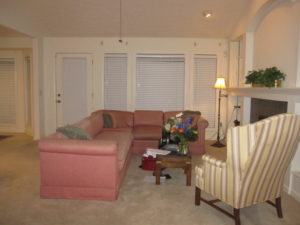
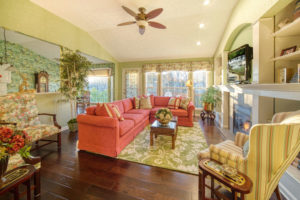
If this is the month for you to make your own history by starting a room transformation, we’re here to help! Contact The Lloyd Design Team – Decorating Den Interiors to get started!

